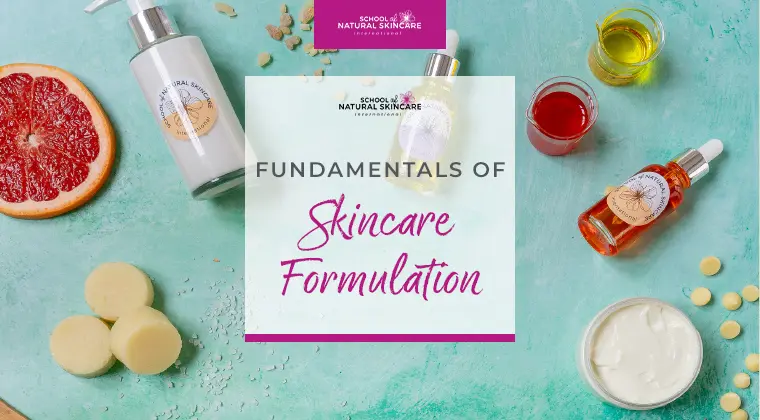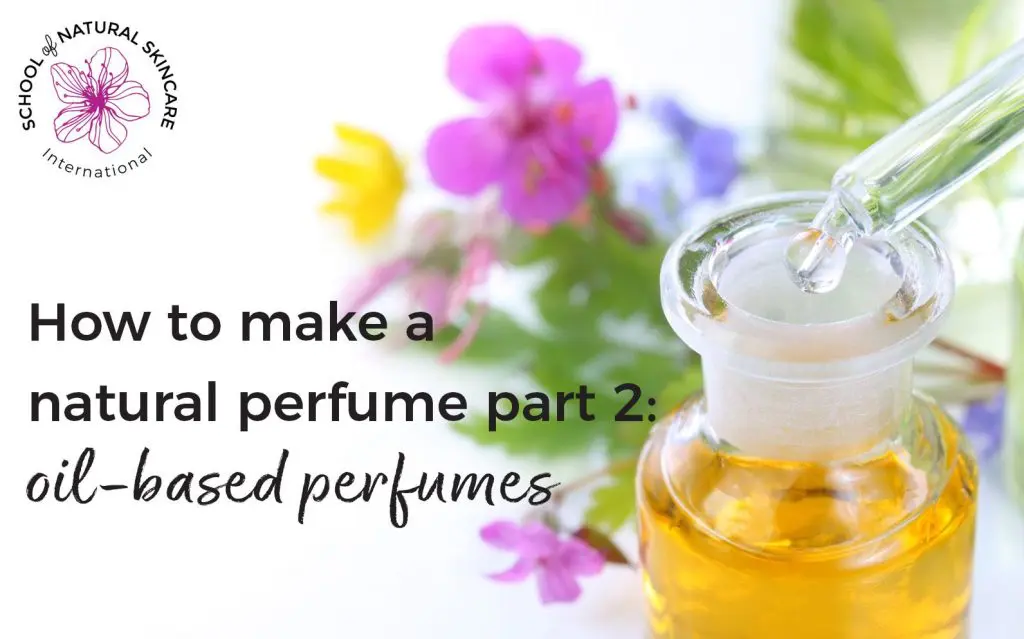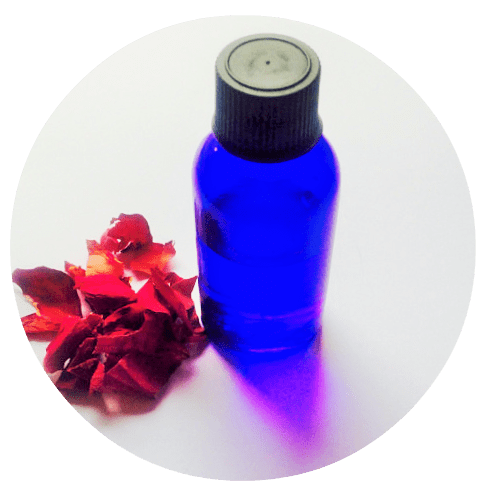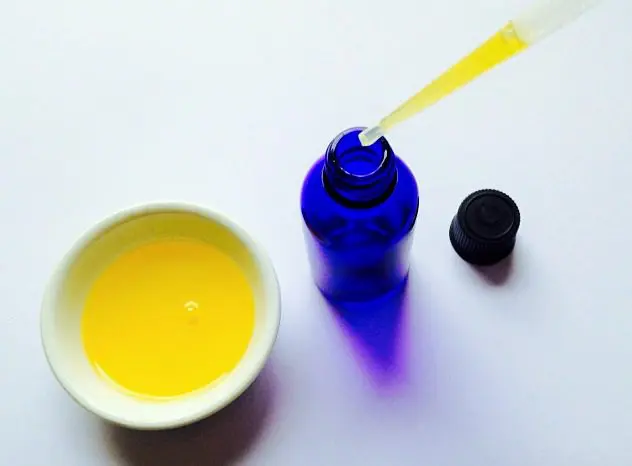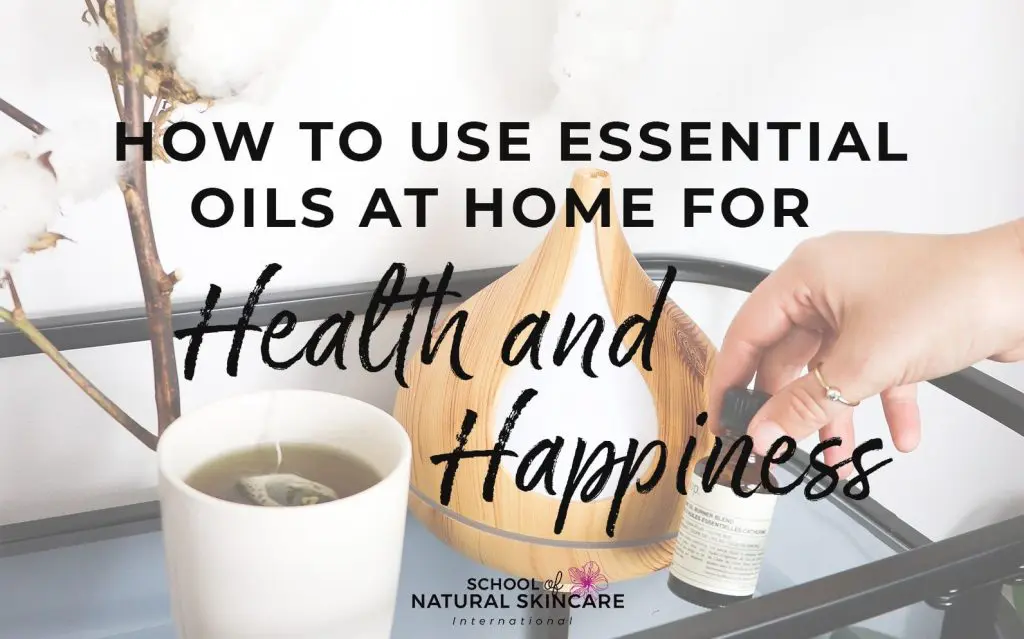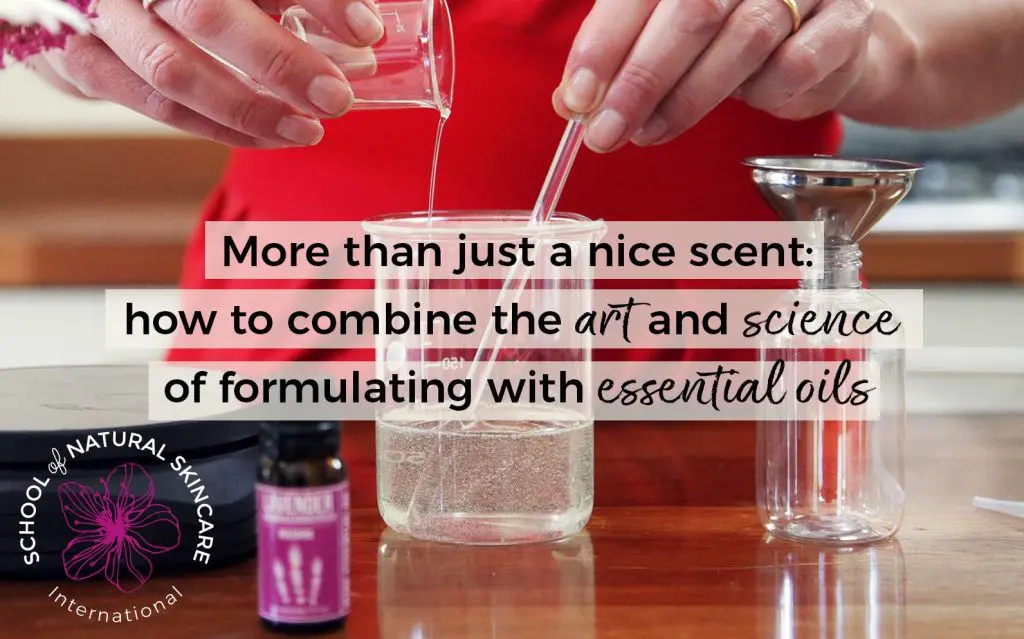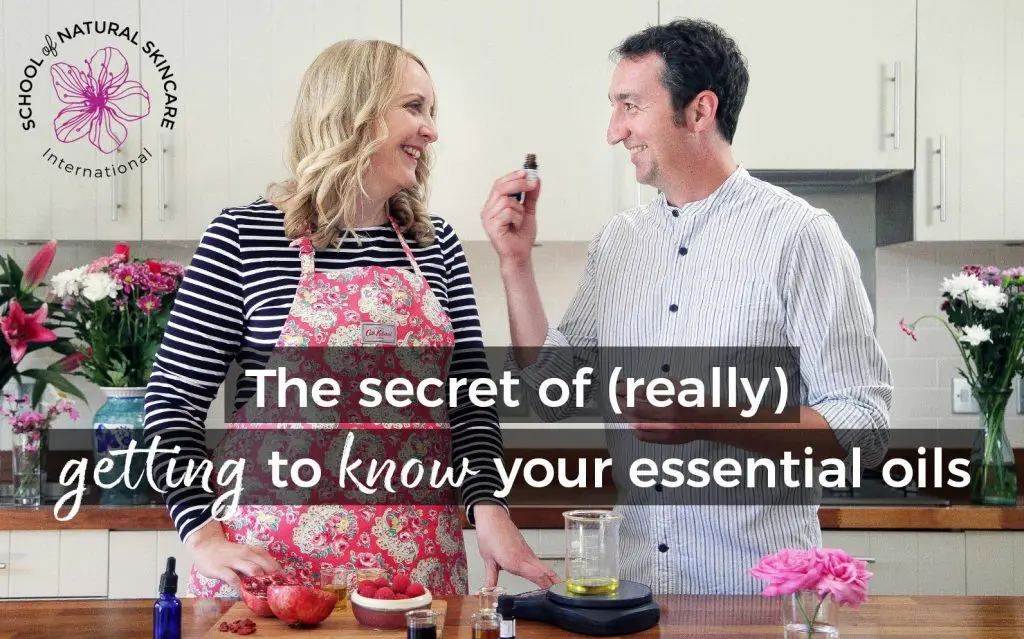Most fragrances available in shops today are a combination of natural and synthetic fragrance ingredients diluted in perfumers’ alcohol and these often irritate the skin. One of the best reasons to make your own natural perfume is to have a custom blended fragrance that you love that is also 100% natural and toxic free. It is also so easy and fun to make.
Another benefit is that many botanicals also have therapeutic properties that are grounding, energizing, relaxing, stimulating, uplifting, and balancing. You may craft a single note perfume if you like or try using two to three essential oils in your blend. Although our choice of scents is quite personal, making perfume for someone else could also be a very special present.
Note classification
The essential oils that are used in a perfume can be classified into a top, middle and base notes and this can be used as a guideline when making your own perfume. However, it is totally up to you what blend you want to use and may want to refer to a note classification purely for fragrance longevity guidelines. It is worth noting that the base notes are a valuable addition to the blend because they are known as fixatives which hold onto the top notes stopping them from evaporating quickly.
Top notes:
These are the first impression of the perfume, light and evaporate quickly. These notes usually, but not always come from fruits. The general properties of these oils are uplifting, stimulating and clearing.
Examples include: lemon, grapefruit, lime, citronella, bergamot, eucalyptus, lemongrass, neroli, peppermint, pine, tangerine, tea tree and thyme
Middle notes:
The main scent of the perfume, but also mellow and comes out after the top note. They tend to come from flowers and herbs and have uplifting and harmonizing aromas.
Examples include: chamomile, cypress, geranium, juniper, marjoram, orange, rosemary and spruce.
Base notes:
These are heavier oils with heavier molecules, which are the slowest to evaporate. They tend to be grounding, relaxing and warming and tend to come from woods and spices. They offer rich and deep scent to the perfume which is often a musk scent.
Examples include: cedarwood, clove, frankincense, ginger, myrrh, patchouli, rose, sandalwood, vanilla, vetiver, and ylang ylang.
How to make a natural oil-based perfume
There are two types of homemade fragrances: solid and liquid. Below are two recipes for gorgeous woody perfumes, one for a solid and one for liquid perfume, which are easy to make and can be tailored to your personal preference.
1) Solid perfume
This is a recipe for a beautiful and totally natural woody solid perfume. This base is made of beeswax and jojoba oil. Once you learn to make the base, you can add any essential oils you like to create your own blends.
For this perfume you will need the following:
- 14g beeswax
- 45ml jojoba oil
- 8 drops juniper berry essential oil
- 6 drops patchouli essential oil
- 6 drops cypress essential oil
- 2 perfume tins, 30ml each
Please check the contraindications for these essential oils before using eg they are all contraindicated (unsafe) during pregnancy.
Directions:
- Melt the beeswax and the jojoba oil on the stove in a water bath or bain-marie.
- Once these are melted, you can add your essential oils into the blend.
- Pour your blend into two, 30ml solid perfume tins. Allow to cool and then place the cap over the tin.
- To use, rub the ball of your finger across the solid perfume and smooth onto your skin.
2) Liquid oil-based perfume
The next recipe is for a beautiful woody and spicy liquid all natural perfume, which of course can also be modified to your individual taste.
To make this blend you will need:
- 10ml jojoba oil
- 15 drops frankincense essential oil
- 9 drops lavender essential oil
- 6 drops cedarwood essential oil
- 15ml glass bottle (a roll-on bottle or one with a pipette works well)
Directions:
- Pour the jojoba oil into a glass bottle.
- Add the drops of essential oils carefully.
- Place the lid on the bottle and shake gently to ensure all the oils are blended.
Storing your natural perfumes
Owing to their different rates of evaporation, it stands to reason that a perfume’s fragrance will change over time. The more it is exposed to light and air, the more quickly it will deteriorate, which is why proper storage is essential. It is important to store your liquid fragrances in dark-colored bottles out of direct sunlight and to put the cap back on the oils as soon as you’ve used it. Heat, light, oxygen and moisture will compromise their quality and cause them to degrade. Essential oils are highly concentrated and some can burn the skin if applied directly, so always use them in a carrier oil such as jojoba, sweet almond or grape seed. Finally, if you are prone to skin sensitivity, test a small amount of your blend on your forearm for allergic reactions before using it liberally.
If you’d like to discover how to create an eau de toillete-style spray-on perfume using perfumers’ alcohol click here.
Happy blending!
Learn the essentials of skincare formulation with our FREE course! If you’re confused by all the misleading information out there, we’re here to guide you. Learn how to create natural and organic products confidently, using industry best practices, under the guidance of professional cosmetic scientists. Exclusive for our newsletter subscribers. Sign up now. We look after your data in accordance with our privacy policy. What you’ll learn: Exclusive for our newsletter subscribers. Sign up now and start formulating your own natural products today!Free Online Organic Skincare Formulation Course
Fundamentals of Skincare Formulation
